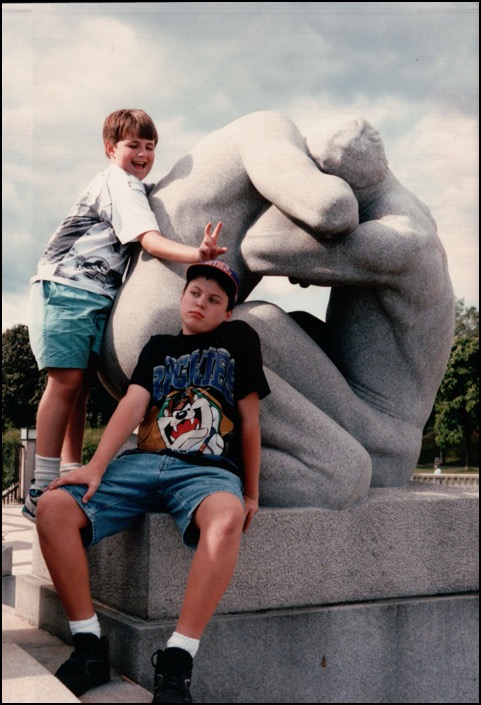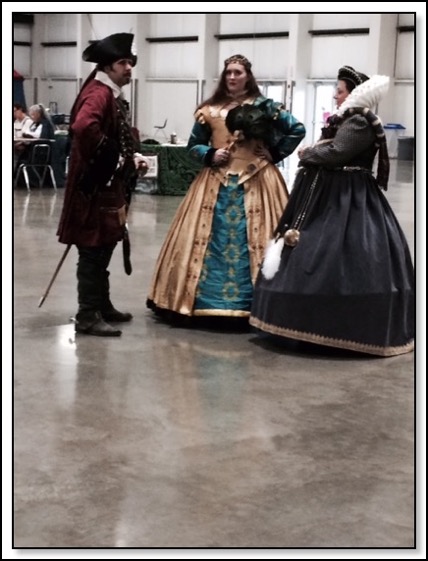Cultures
Where Some Words Came From
I have long been a fan of Charles Dickens as an author. I have many of his books.
A recent article covers where some of our words in the English or American vocabulary came from.
One condition that I can find myself feeling is boredom, especially at this winter time of the year and there is less sunshine. The background on Charles Dickens bringing this word to more common usage was in his novel, Bleak House.
"According to the Oxford English Dictionary, the first written record of the word "boredom" appears in Charles Dickens' 1852 novel Bleak House.
However, some historians have found antecedents that predate Dickens use of the term. Lord Byron used "bores" and "bored" in his 1823 epic poem Don Juan. And a few years later, Herman Melville used other variations of the term, like "bore" and "bored to death". While we can’t be sure who wrote the word first, its literary origin is undeniable."
A recent article covers where some of our words in the English or American vocabulary came from.
One condition that I can find myself feeling is boredom, especially at this winter time of the year and there is less sunshine. The background on Charles Dickens bringing this word to more common usage was in his novel, Bleak House.
"According to the Oxford English Dictionary, the first written record of the word "boredom" appears in Charles Dickens' 1852 novel Bleak House.
However, some historians have found antecedents that predate Dickens use of the term. Lord Byron used "bores" and "bored" in his 1823 epic poem Don Juan. And a few years later, Herman Melville used other variations of the term, like "bore" and "bored to death". While we can’t be sure who wrote the word first, its literary origin is undeniable."
Comments
Vigelund Park Norway
10/03/24 10:04 Filed in: Travel
I came across an article about unusual museums to consider visiting. Bob and I are good about visiting museums and getting "museum gout". This article had a short blurb about a park in Oslo Norway that is definitely an unusual place to visit. It is called Vigelund Park and I have several photos of a visit we made in the summer of 1993 visiting our Norwegian friends. The photo I will include in this post shows David at 13 years old and Scott at 10 years of age sitting on one of the statuary figures. The following info is from the article…
One of the more bizarre museums of the world, the Vigeland Sculpture Park is an open-air park home to more than 200 sculptures by Gustav Vigeland. It's one of Oslo's most-visited tourist destinations, and it's not difficult to understand why. The collection of bizarre statues includes naked human sculptures cast in bronze, iron and stone, and while some are depicted in traditional poses, there are quite a few engaged in weird scenarios, like hugging giant lizards and fighting flying babies. If the weather is sunny, make your way to this park to see humanity portrayed at its strangest.

One of the more bizarre museums of the world, the Vigeland Sculpture Park is an open-air park home to more than 200 sculptures by Gustav Vigeland. It's one of Oslo's most-visited tourist destinations, and it's not difficult to understand why. The collection of bizarre statues includes naked human sculptures cast in bronze, iron and stone, and while some are depicted in traditional poses, there are quite a few engaged in weird scenarios, like hugging giant lizards and fighting flying babies. If the weather is sunny, make your way to this park to see humanity portrayed at its strangest.

Celtic Music
13/04/15 19:49 Filed in: Interests
Bob and I love to listen to Celtic Music. This is why we had a good time listening to this trio at the Scottish Festival. Their name is Golden Bough. They are funny and have lively music and ballads. We got one of their albums.


Off With Her Head
12/04/15 19:46 Filed in: History
Under the weather today yet nice to post a photo of Queen Mary and her court. I hope she can hang on to her head this time around. Where is Queen Elizabeth when you need her?


Scottish Festival in Linn County
11/04/15 19:08 Filed in: Interests

We went to Albany today to visit the Linn County Scottish Festival. It had been on a two year hiatus.
Here is the Eugene Highlander Pipe and Drum band getting ready. We saw them march in with the NW Scottish Honor Guard.
Gypsy History
03/10/14 13:06 Filed in: History
Another one from Today I Found Out...................about where Gypsies originated as a group of people. Find out more here.
On one of our trips to England, Bob and I came across a traveling Gypsy family. The father was leading the wagon and his family down one of the main two-way roads between Salisbury and Exeter. Since the wagon moved slowly, the traffic did back up behind them. Because it was such an unusual sight, I wish I had been able to get a photo but my cameras were film in those days and not set to be accessible and get quick shots.
“They do not have a shared homeland or national identity. They are a people who are scattered across the globe and whose origins have always been shrouded in myth and mystery (among other reasons because they have kept no written records of their early history). Many saw them (and continue to do so in many cases) as dirty, thieving and undesirable, others as artistic, romantic and carefree. In France, they are referred to as gitanes, in Spain they are called gitanos, and in Germany, zigeuner.
There are an estimated 12 million Romani – better known as Gypsies – living worldwide. Most of them (8-10 million) live in Europe, making them the continent’s largest ethnic minority group. So where did they come from?
A recent genetic analysis of 13 European Gypsy groups confirmed that their ancestors, for reasons not perfectly clear, left India in a single emigration wave some 1,500 or so years ago. “There were already some linguistic studies that gave clues pointing to India and genetic studies too, though without being precise about the where or when,” explained David Comas, leader of the research group that made the discovery.”
On one of our trips to England, Bob and I came across a traveling Gypsy family. The father was leading the wagon and his family down one of the main two-way roads between Salisbury and Exeter. Since the wagon moved slowly, the traffic did back up behind them. Because it was such an unusual sight, I wish I had been able to get a photo but my cameras were film in those days and not set to be accessible and get quick shots.
“They do not have a shared homeland or national identity. They are a people who are scattered across the globe and whose origins have always been shrouded in myth and mystery (among other reasons because they have kept no written records of their early history). Many saw them (and continue to do so in many cases) as dirty, thieving and undesirable, others as artistic, romantic and carefree. In France, they are referred to as gitanes, in Spain they are called gitanos, and in Germany, zigeuner.
There are an estimated 12 million Romani – better known as Gypsies – living worldwide. Most of them (8-10 million) live in Europe, making them the continent’s largest ethnic minority group. So where did they come from?
A recent genetic analysis of 13 European Gypsy groups confirmed that their ancestors, for reasons not perfectly clear, left India in a single emigration wave some 1,500 or so years ago. “There were already some linguistic studies that gave clues pointing to India and genetic studies too, though without being precise about the where or when,” explained David Comas, leader of the research group that made the discovery.”

